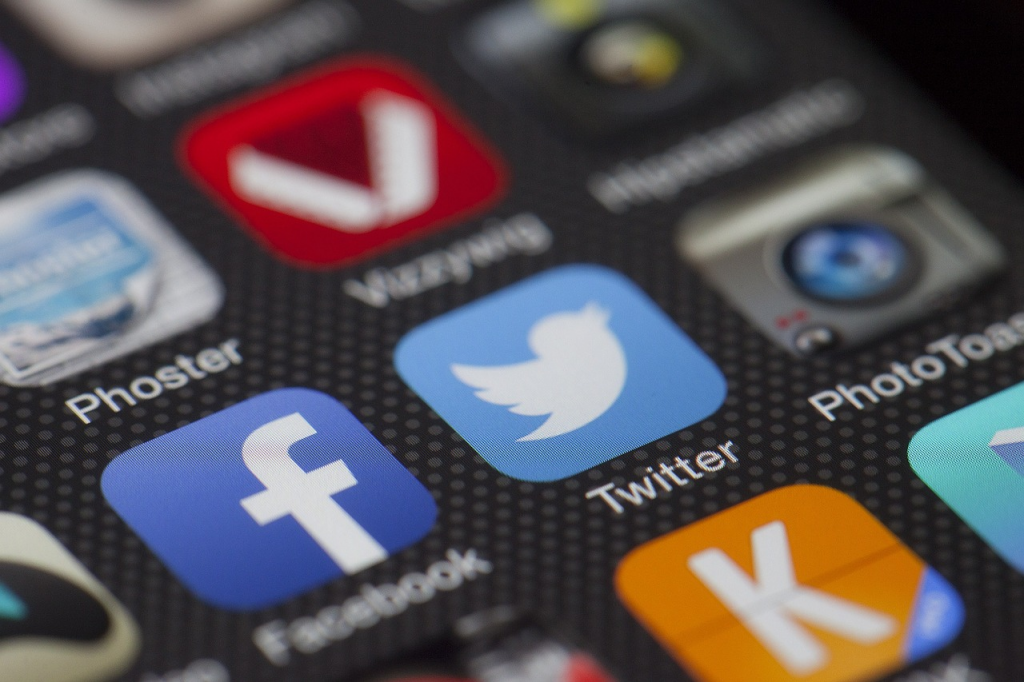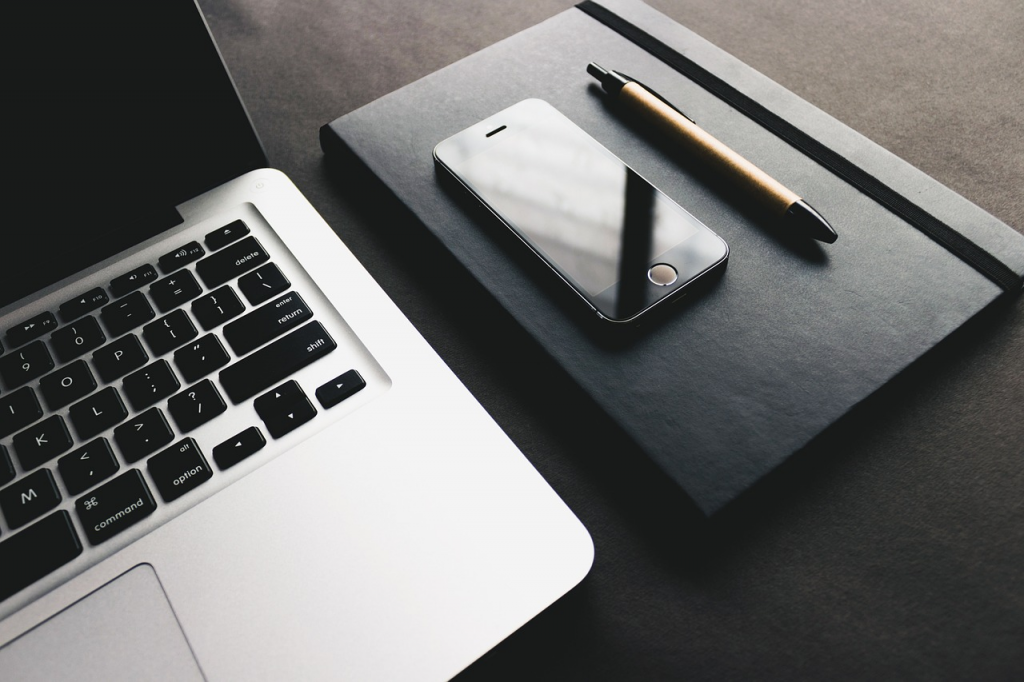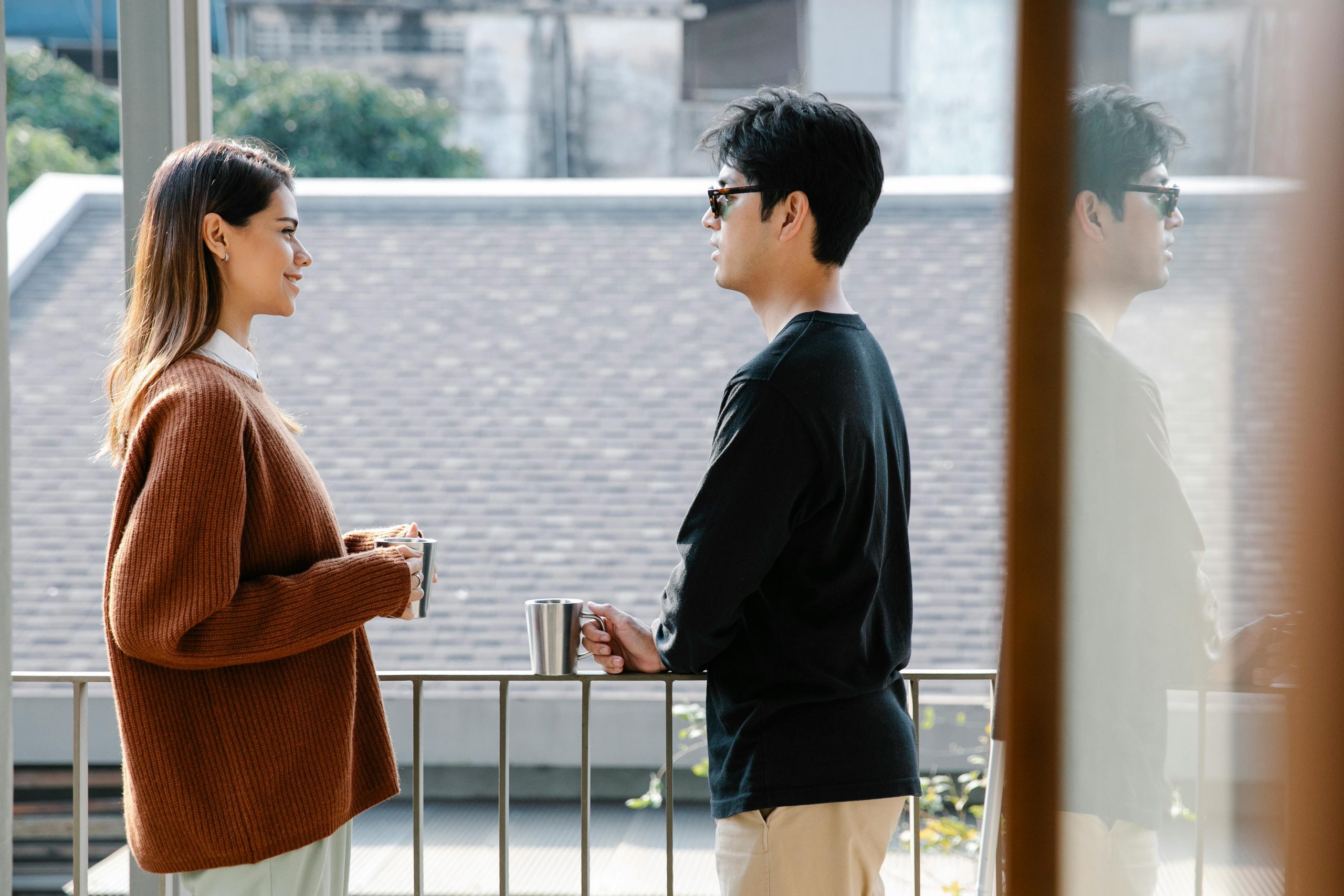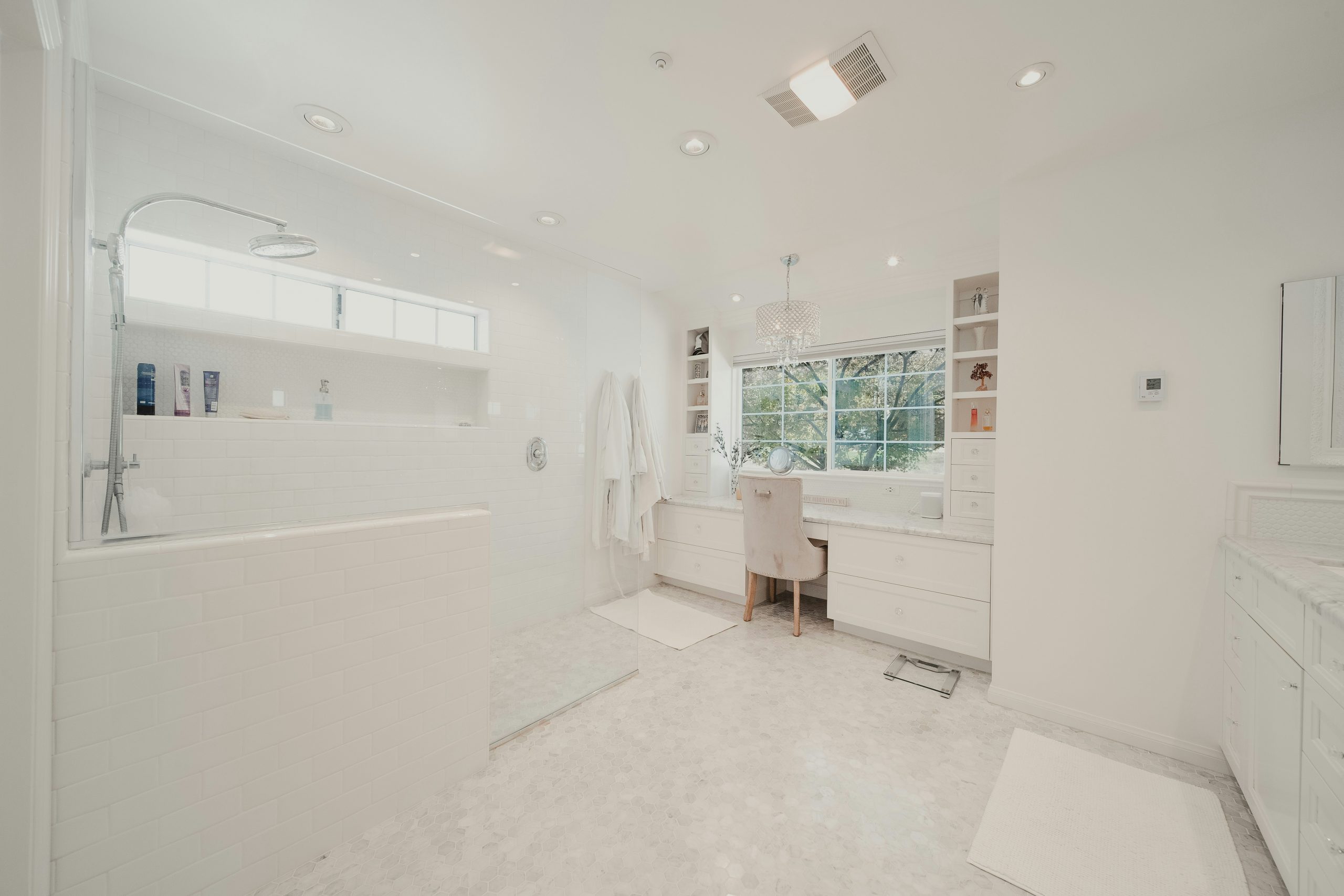Last Tuesday, I found myself at my usual corner table in a downtown café. The familiar scene played out around me: twenty people packed into a small space, each isolated in their own digital bubble. Laptops open, headphones in, eyes fixed on screens. I realized I’d been sitting three feet away from the same stranger for two hours, neither of us acknowledging the other’s existence.

That’s when it hit me – I couldn’t remember the last time I’d had a spontaneous conversation with someone new. Despite having 847 “friends” online, I felt a distinct hollowness. Sound familiar?
At LifeBonder, we’ve noticed this paradox affecting more and more people: hyper-connected digitally, yet increasingly disconnected in real life. This post isn’t about abandoning technology (we love it too!), but about reclaiming the irreplaceable magic of human connection that happens face-to-face.
I sat at my corner table in a downtown café last Tuesday. The typical scenario played out around me: twenty people jammed into a small room, all alone in their own virtual bubble. Laptops sitting open, headphones around ears, eyes fixed on screens. I found myself sitting three feet from the same stranger for two hours, neither of us even noticing the other’s presence.
And that’s when it hit me – I couldn’t remember the last time I’d had a free-flowing conversation with a stranger. Despite having 847 “friends” online, I felt this nagging hollowness. Ring a bell?

The Science Behind Why We Need Real Connection
Before addressing solutions, let’s clarify what is at risk
- Touch matters physiologically: A 20-second hug releases oxytocin that decreases cardiovascular stress and stimulates immune function. A Carnegie Mellon University study in 2018 found that individuals who received frequent hugs were less likely to become ill when exposed to the common cold virus.
- Voice and visual cues create deeper understanding: Based on UCLA research, body language and facial expressions account for 93% of communication effectiveness, while only words account for 7%.
- Proximity builds trust faster: Stanford studies found that negotiation outcomes were 67% stronger when negotiated in person versus the same interactions conducted via the internet.
- Local connection fights depression: In a 2023 neighborhood survey, researchers found that people who could name six neighbors had 24% lower symptoms of anxiety and depression than those who had no neighbor friends.
The Reality Check: What We’re Missing
Recently I talked to Sasha, a 28-year-old marketing executive with over 3,000 Instagram followers.
“She get dozens of online birthday wishes,” she explained, “but last year, only two friends actually called me. I stayed up reading these superficial ‘HBD!’ messages, lonely in a way with each one.”
Her experience is symptomatic of what psychologists call “the connection paradox” – the more online connections we have, the less meaningful our real-life relationships are.
3 Real-Life Connection Experiments That Changed Lives
Rather than offering vague advice, I want to share specific connection experiments that transformed people’s lives. Try even one for two weeks and note the difference:
1. The “Three-House Radius” Challenge
When Michael, a telecommuting computer programmer, realized he’d been residing in his home for two years and didn’t have a single neighbor’s name on his lips, he made the decision to take action. His solution was elegantly simple:
The experiment: He made a promise to learn everyone’s name who lived within three houses of him in every direction. He baked plain cookies and dropped them off with a note stating his name and his “getting to know my neighbors” mission.
The results: Within a month, he had 14 named neighbors. At six months, he had emergency contacts, evening dinner invitations, a neighborhood watch, and someone to take care of his cat while he was away. “I moved from being in a neighborhood to being in a community,” he said.
Try it yourself: Set a specific, achievable radius objective. Create an explicit reason to knock (baking cookies, asking for a referral, etc.). Keep a journal recording how your neighborhood feelings change over 30 days.
2. The Phone Upgrade Challenge
Tina, a busy consultant, noticed that her phone calls with friends had turned into distracted multitasking sessions.
The experiment: For a month, she committed to answering all personal calls while sitting in a chair with nothing else on the table – no dishes, no folding laundry, no screens. She’d focus on the conversation as if the person were sitting in front of her.
The results: “The intensity of our conversations overnight,” she reported. “Friends started telling each other, ‘I’ve never told anyone this but.’ and 10-minute conversations lasted for an hour.” Most surprisingly, she was energized rather than drained by these marathon calls.
Try it yourself: Find three important people in your life. For fourteen days, take all their calls in an interruption-free environment. Notice how the nature and tone of your conversations change.
3. The “Genuine Question” Practice
Marcus, a corporate lawyer who was “socially awkward,” developed a simple approach to greater connection.
The experiment: In every conversation, he committed to asking at least one genuine-interest question about the other person – not always social autopilot questions like “How’s work?” but questions that got at what actually interested him in them.
The results: “It was like having X-ray vision into connection,” he said. “The equation was simple: real curiosity → better questions → deeper answers → actual connection.” He found that everybody was hungry for someone to be genuinely interested in them.
Try it yourself: Before parties or other social gatherings, spend two minutes getting ready to ask 3-5 questions that demonstrate real interest. Start with service workers (baristas, cashiers) before moving on to friends and co-workers.
The Obstacles (And How to Overcome Them)
Let’s address the real barriers to connection many of us face:
Time Scarcity

Reality check: The average American spends 144 minutes per day on social media. Moving just 30 of those minutes in the direction of real connection makes a dramatic difference.
Practical solution: Use time-blocking to schedule committed “connection appointments” with the same discipline you’d use to book work sessions. Start with just 30 minutes, twice a week.
Social Anxiety

Reality check: Research shows nearly 75% of people experience social anxiety in certain situations – you’re not alone.
Practical solution: Use the “exposure ladder” method. Start with low-anxiety connection activities (perhaps a highly structured class or activity with someone close to you), and work your way up to more challenging situations.
Tech Dependency

Reality check: The dopamine hit from notifications creates genuine addiction patterns that make offline time uncomfortable initially.
Practical solution: Create a “tech airlock” – a 10-minute transition period between online and offline activities. Use breathing exercises or short walks to reset your nervous system.
Building Your Personal Connection Inventory

Understanding your specific connection needs is crucial. Take five minutes to complete this simple inventory:
- When did you last feel deeply connected to another person? What specific elements were present?
- List three people you’d like more meaningful connections with. What small, specific step could you take with each this week?
- Which depleting relationships might need boundaries to create space for nurturing ones?
- What specific environments help you feel most authentically yourself with others?
- What one connection ritual could you commit to for the next 14 days?
The LifeBonder Community Challenge
For the next 30 days, we’re challenging our community to:
- Share one meal a week with someone else – completely phone-free
- Discover the name of one new individual in your regular spaces each week
- Share one specific gratitude with someone in your life daily
- Attempt one of the five experiments outlined above each day for at least two weeks
- Return and share with us in our comments or community forum what occurred
Don’t forget, deep connection is not about theatrics or super-posed-up, highly edited contact. It’s about creating little pockets of actual presence on a regular basis throughout the passage of time. As poet Rumi once so famously said, “The wound is the place where the light enters you.” Our online disconnection wounds are really real – but they’re our opportunity to recapture what most matters.
What’s one small step you’ll take today towards greater real-life connection? Share in the comments below!


